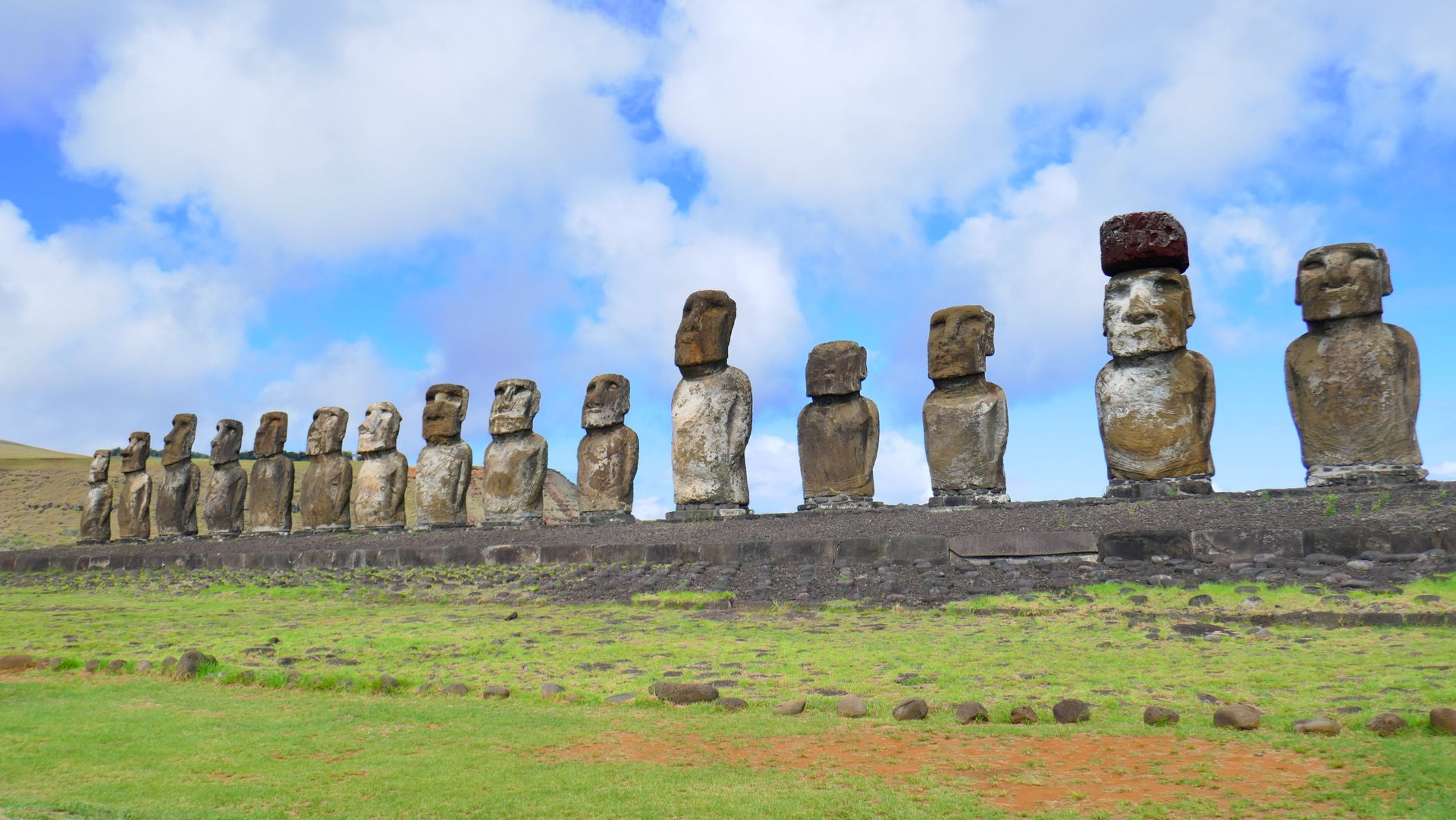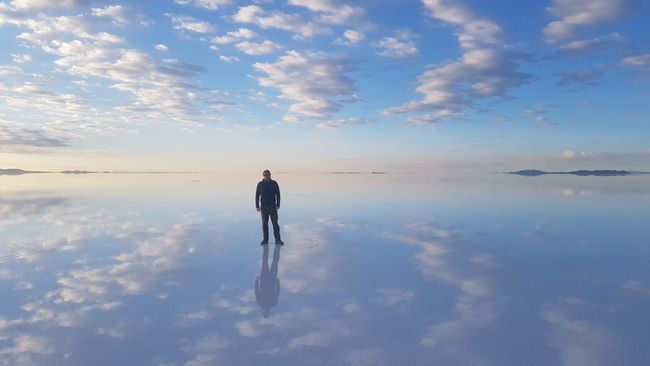Tortuguero
प्रकाशित: 21.01.2019
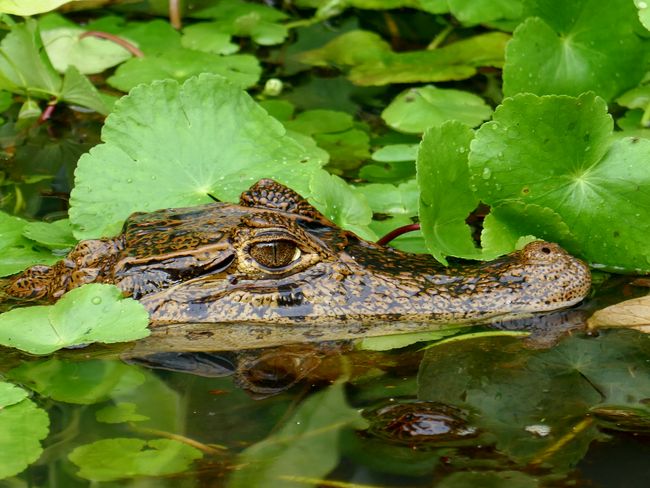
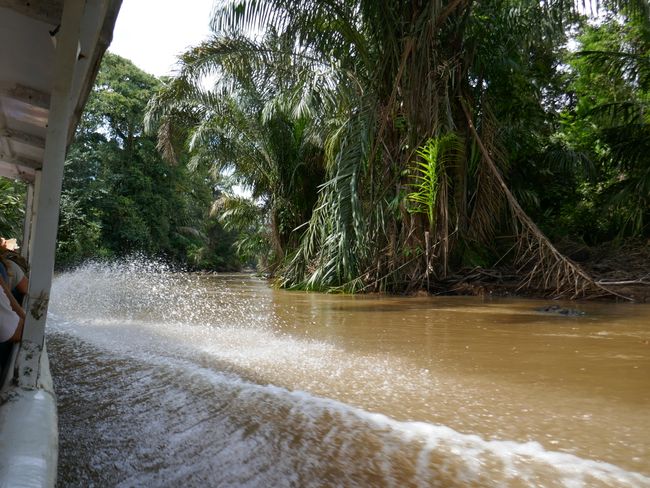
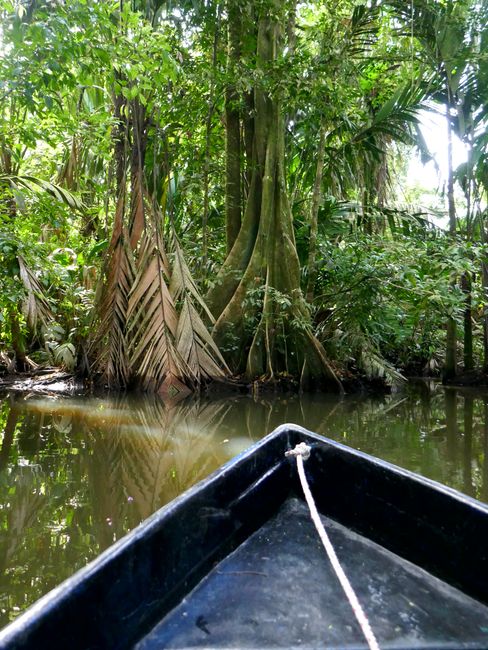
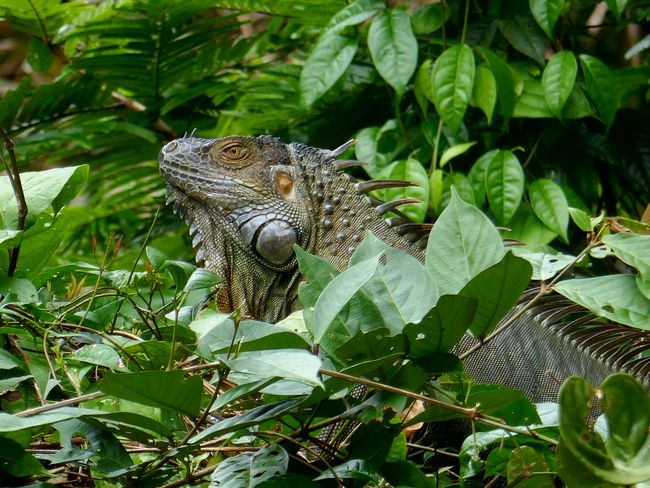
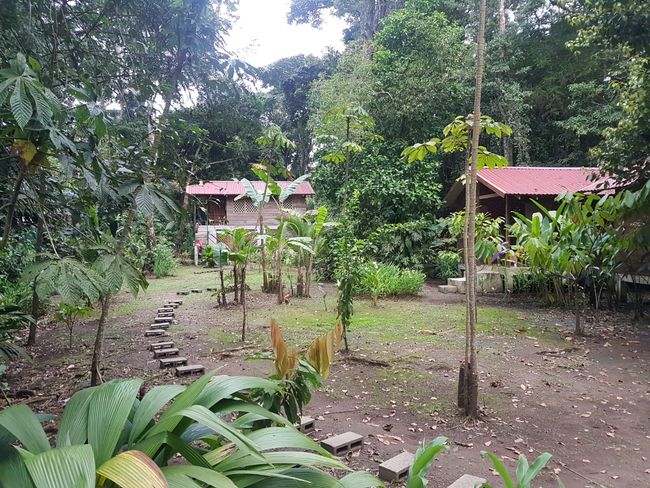
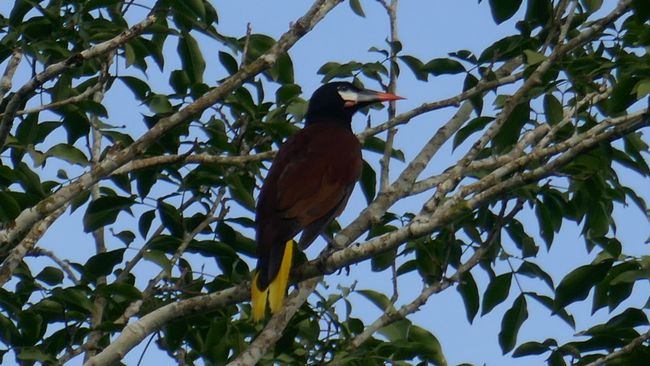
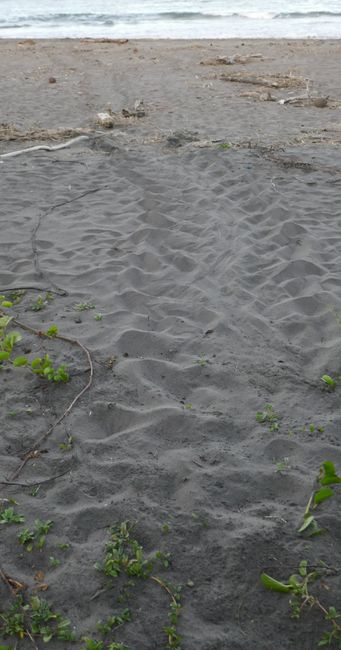
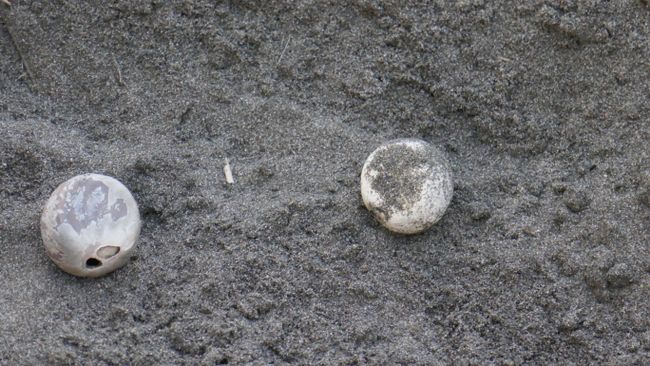
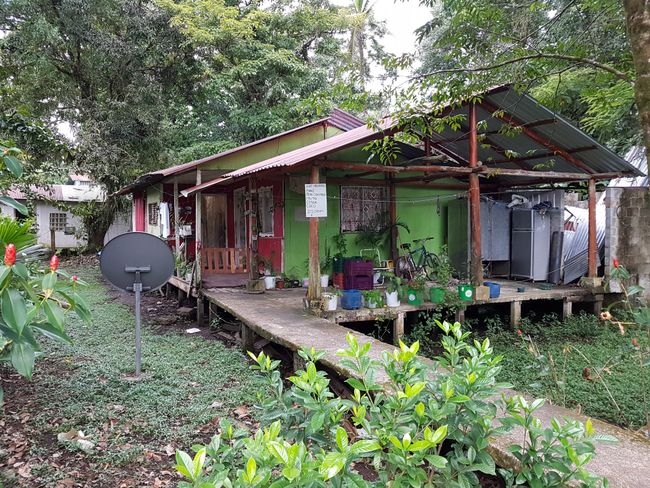
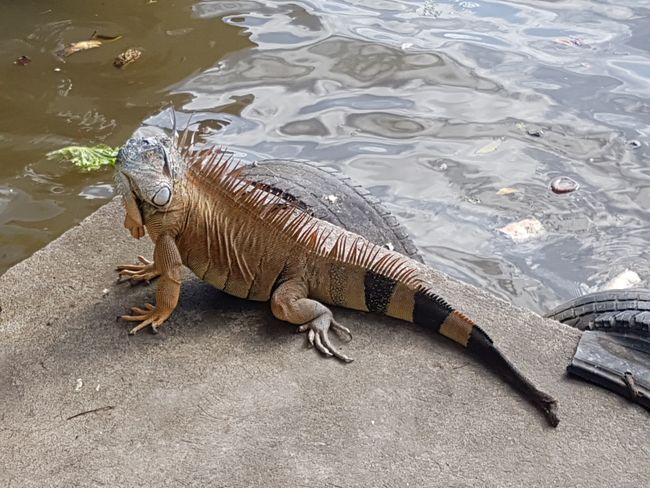
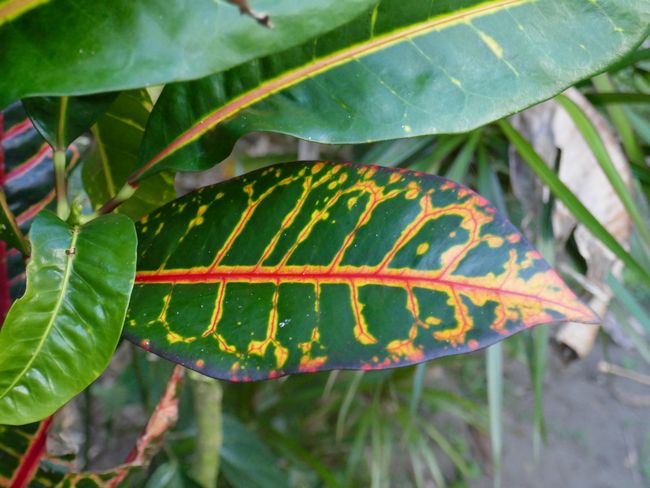
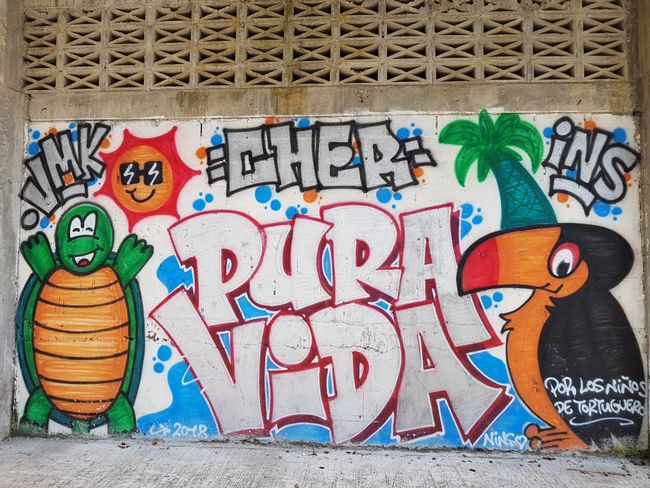
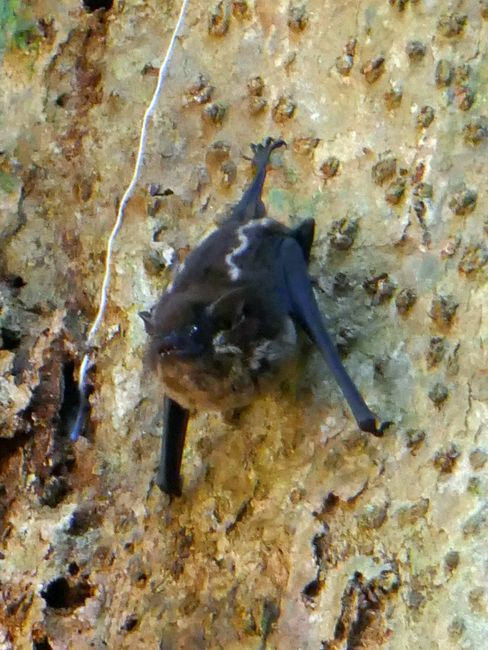
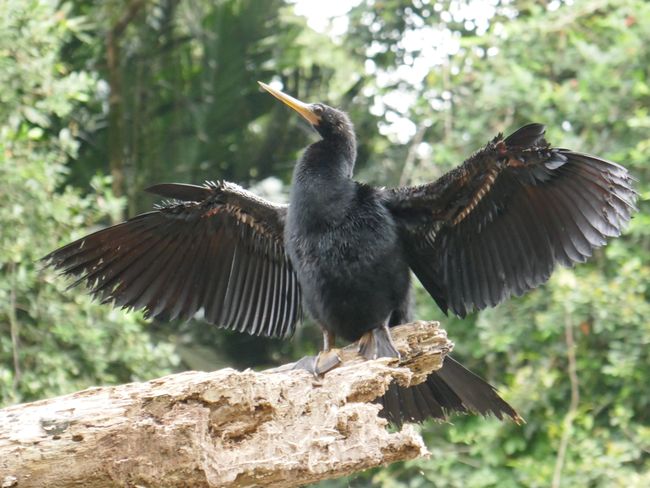
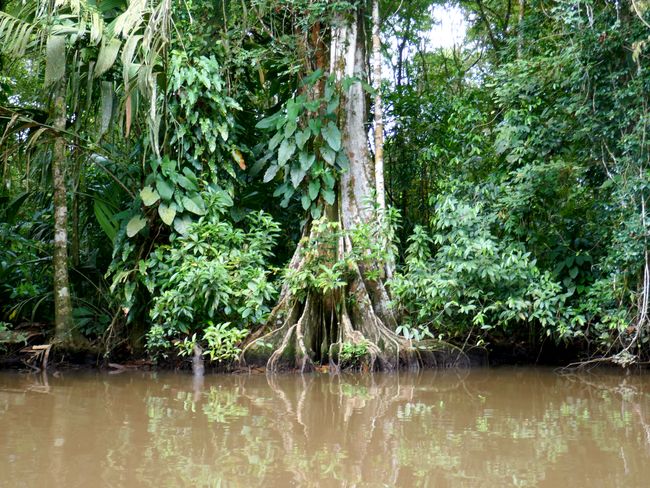
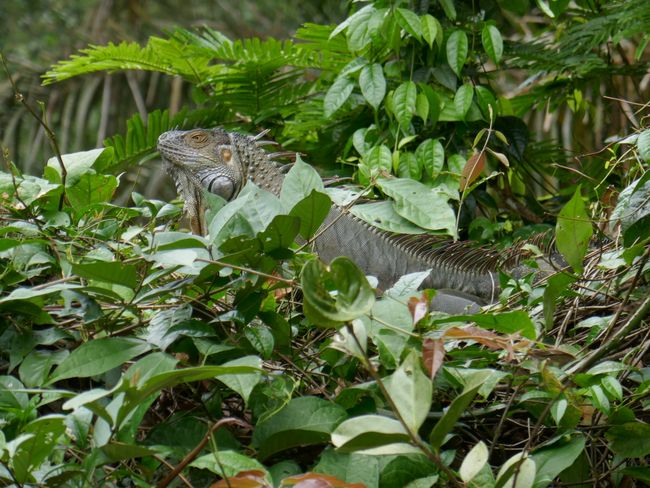
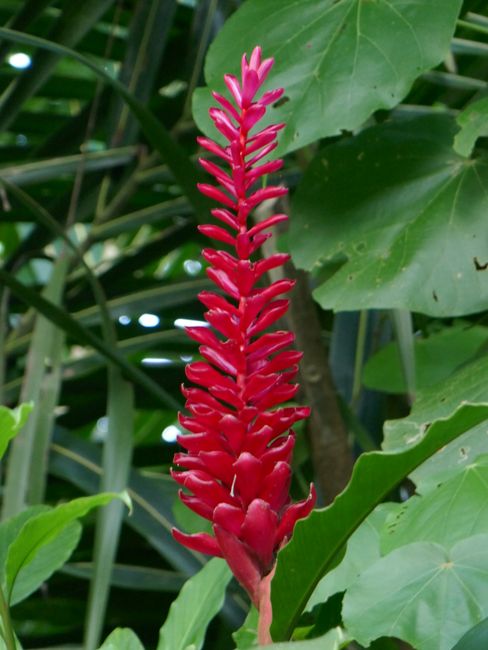
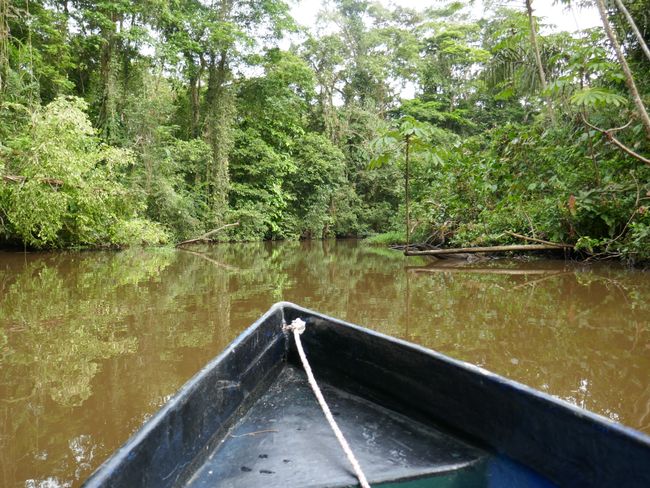
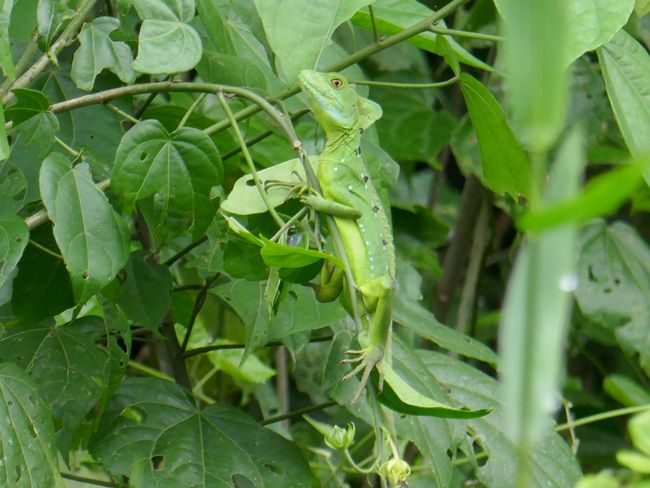
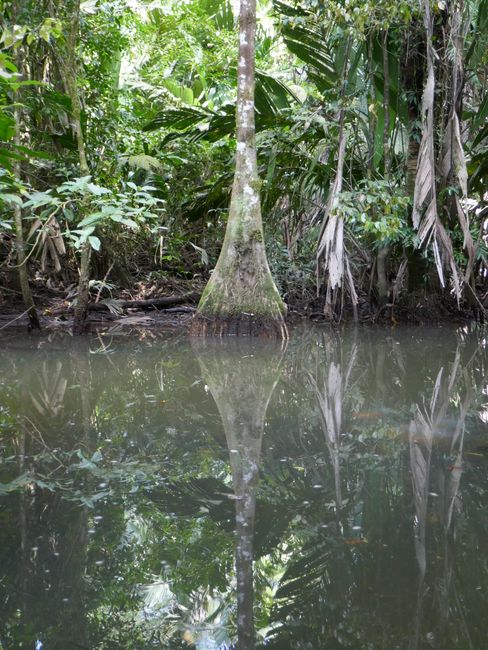
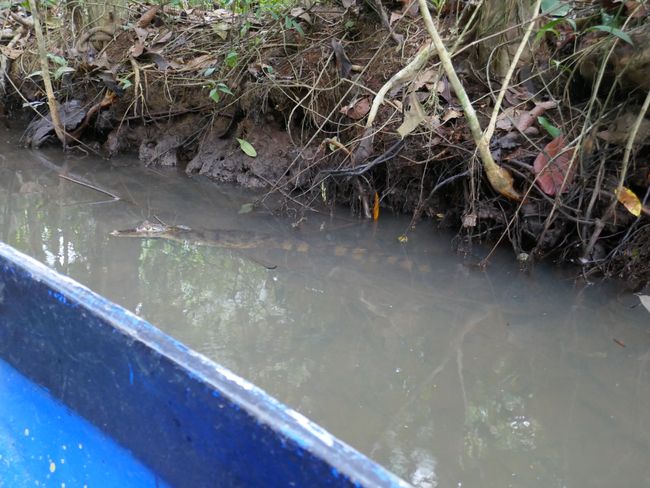
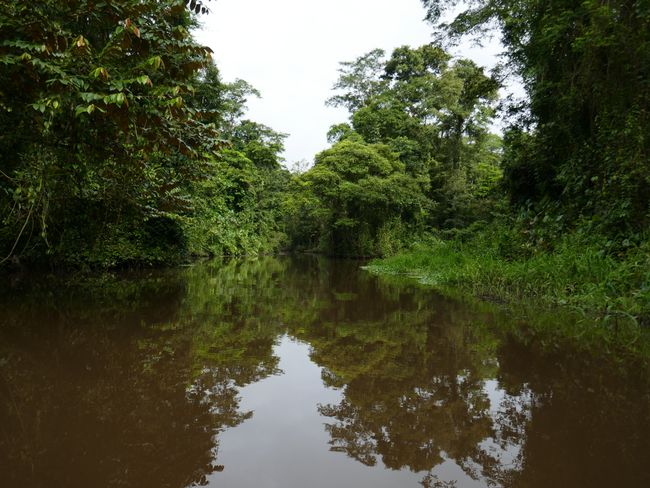
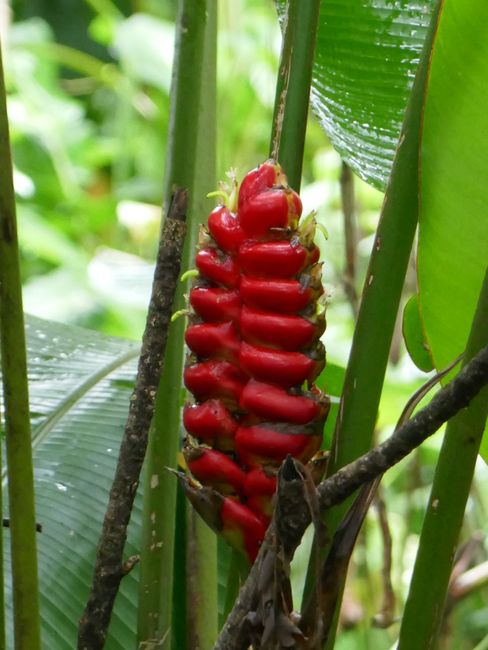
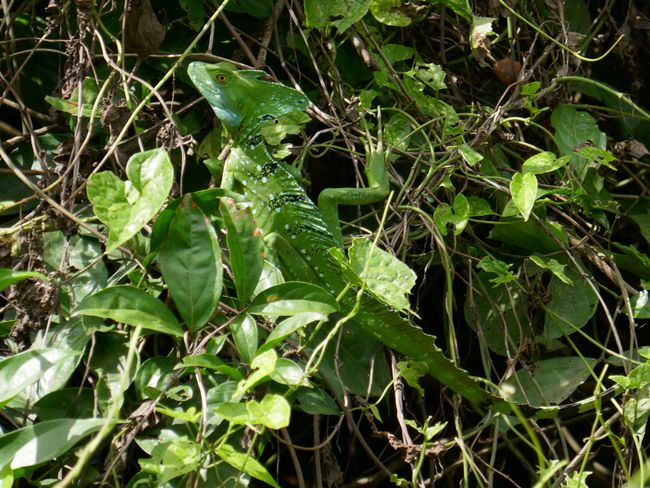
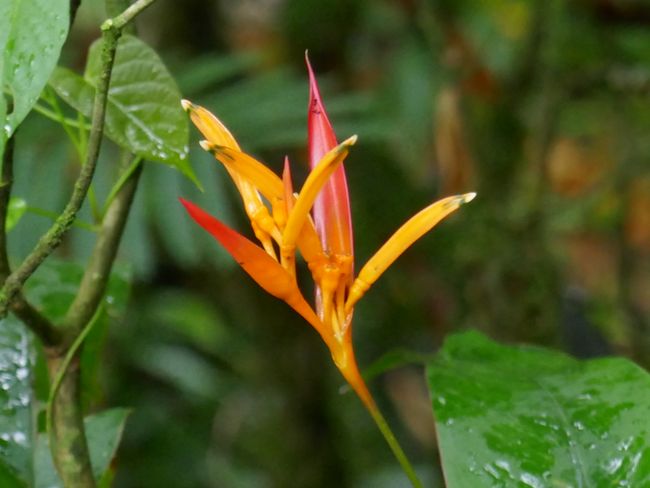
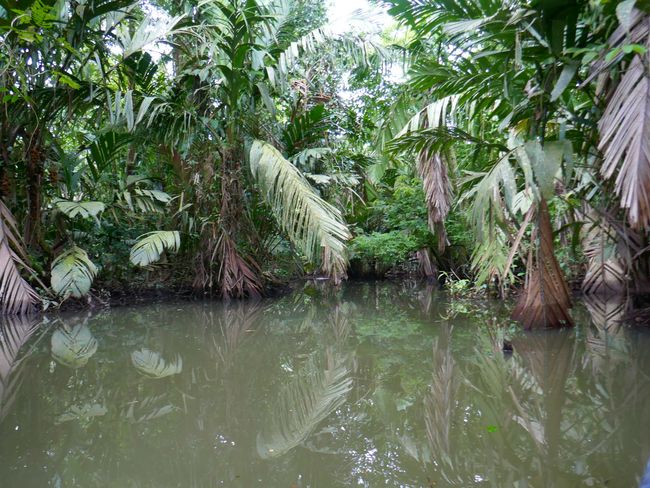
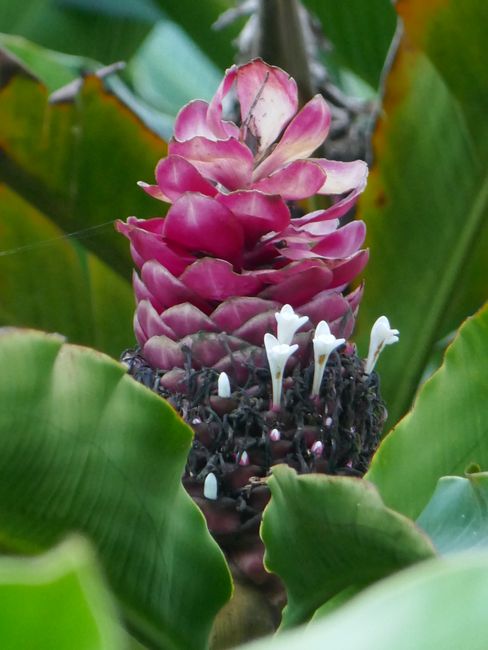
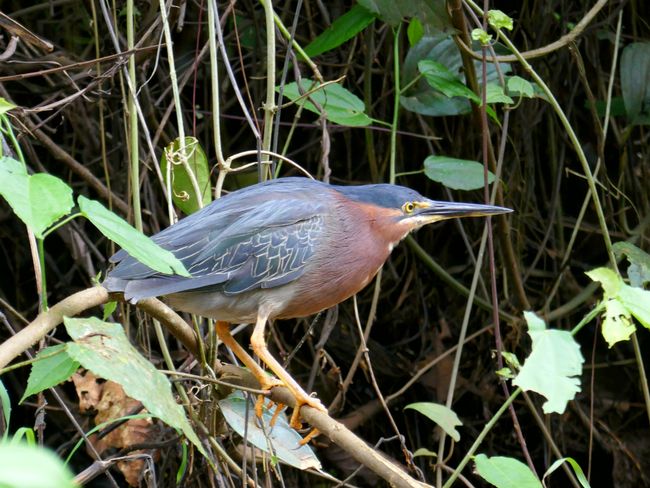
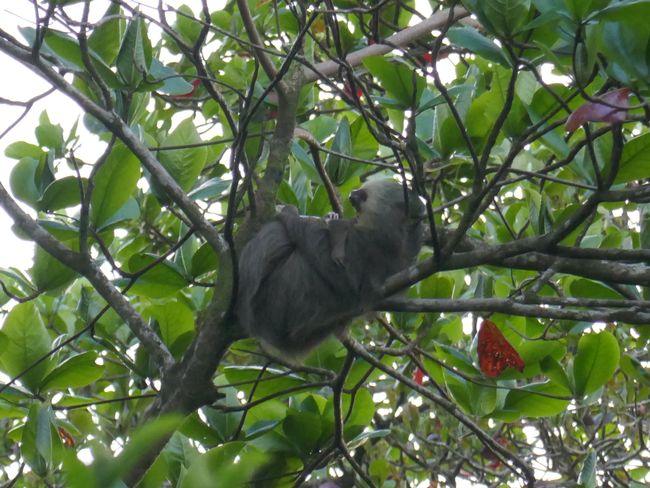
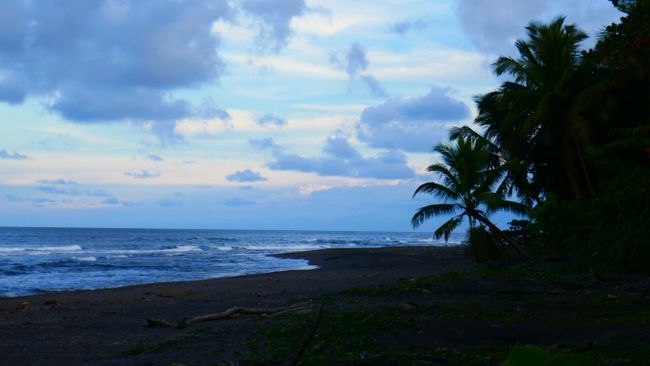
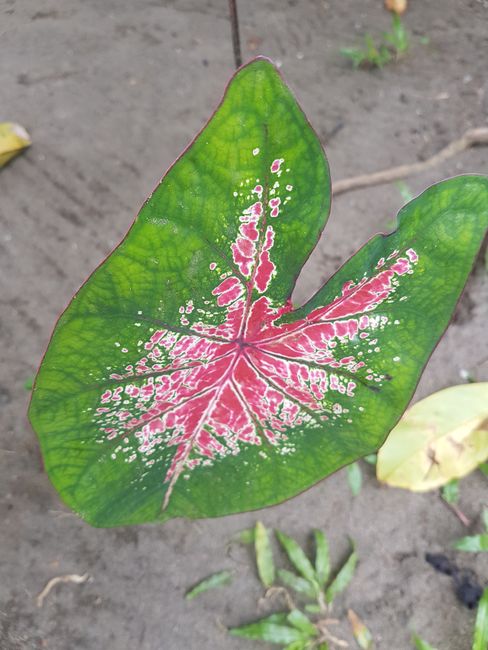
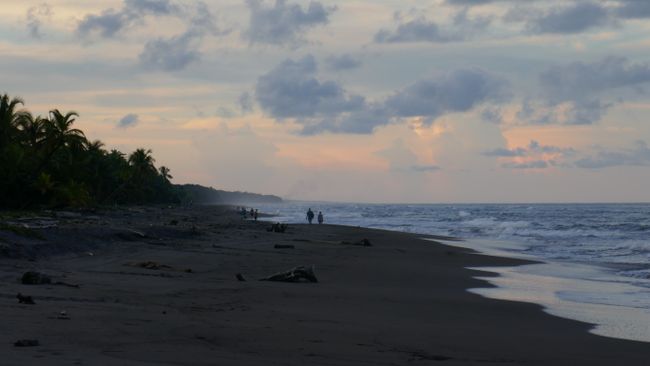
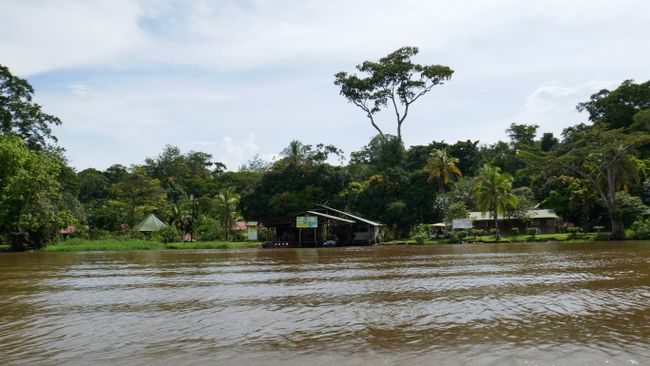
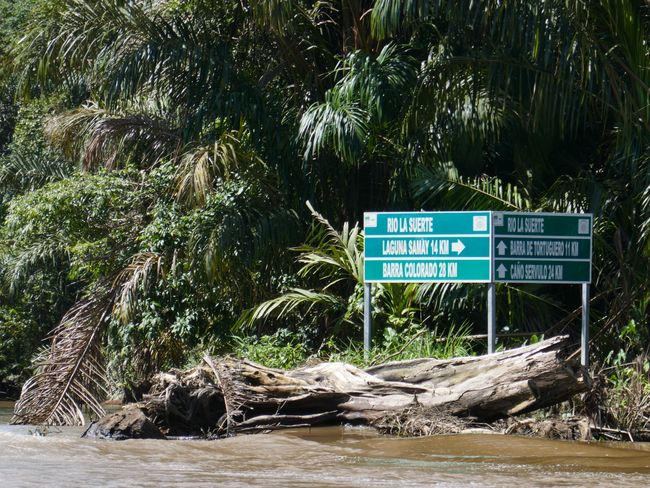
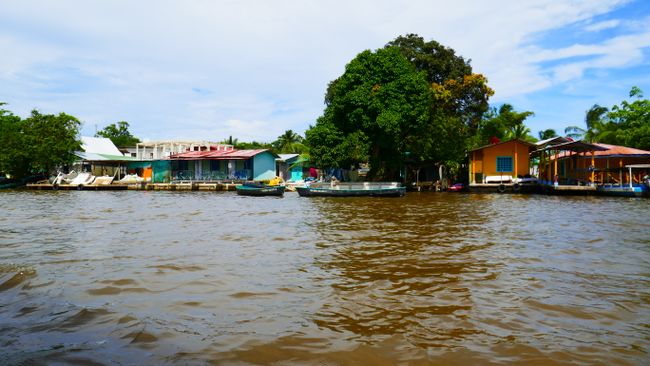
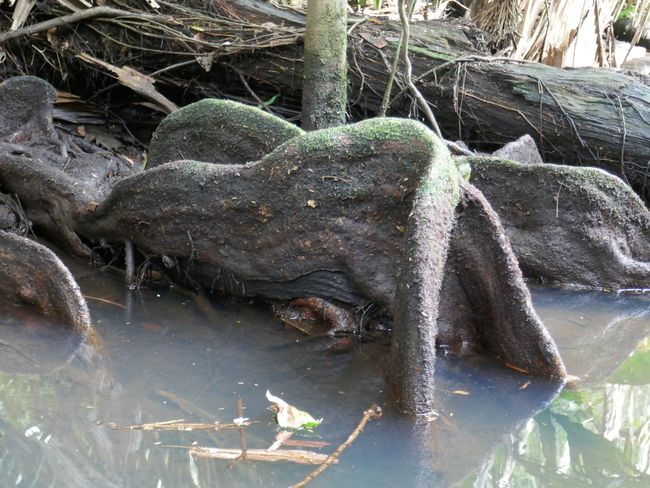

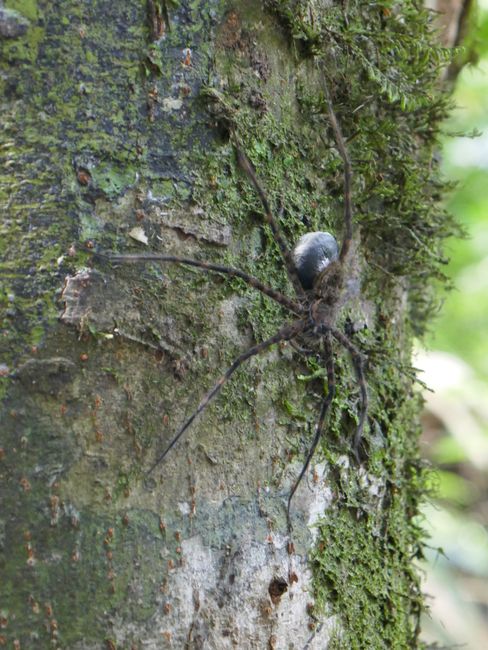
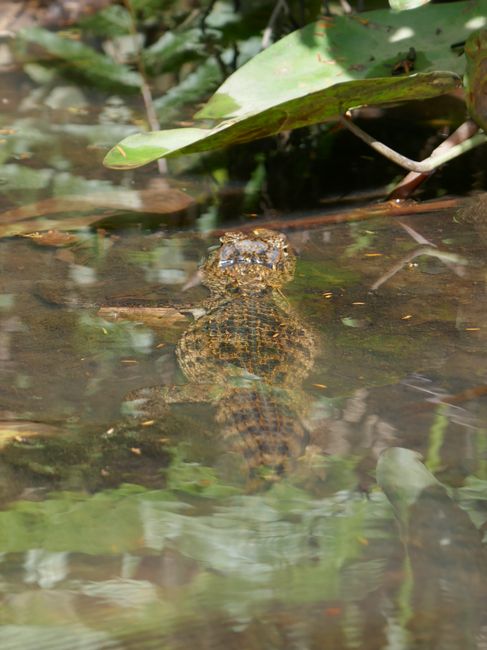
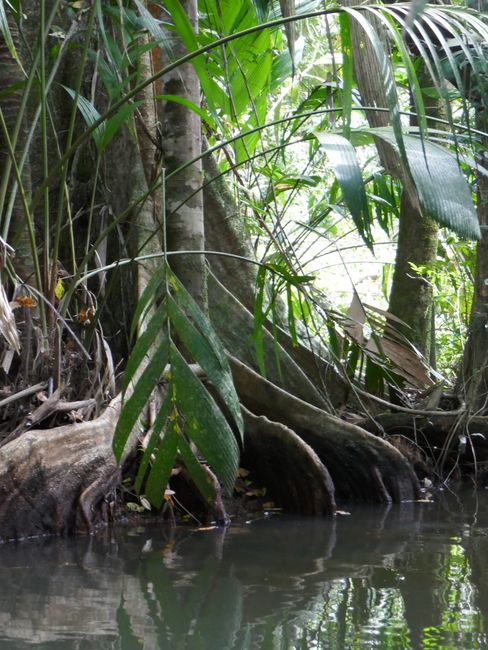
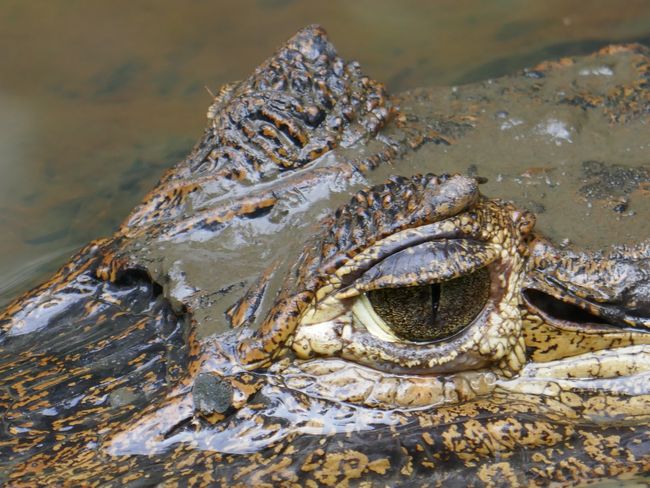
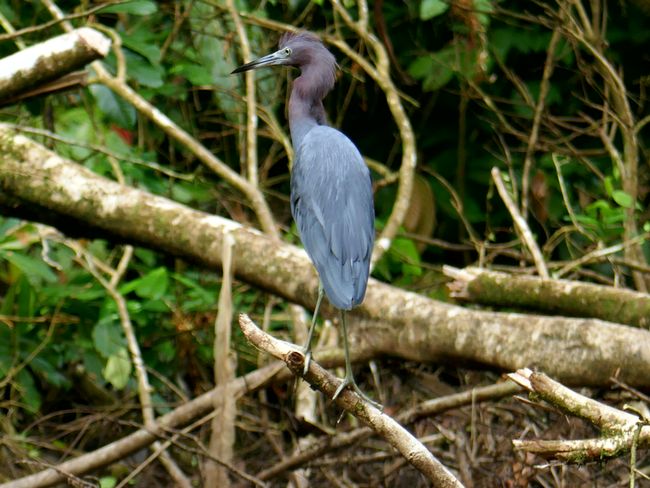
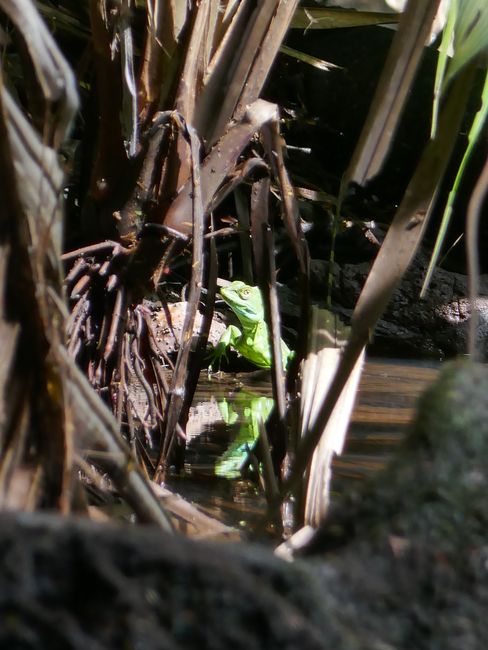
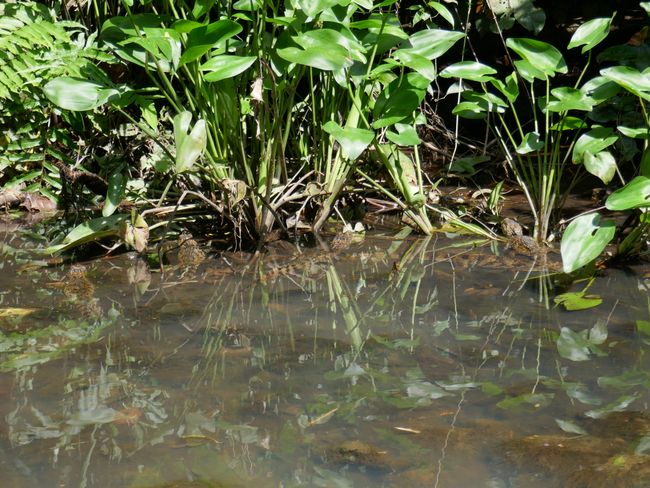
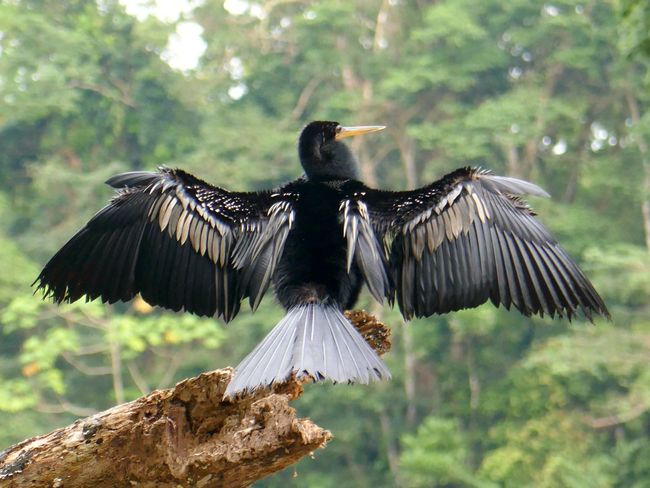
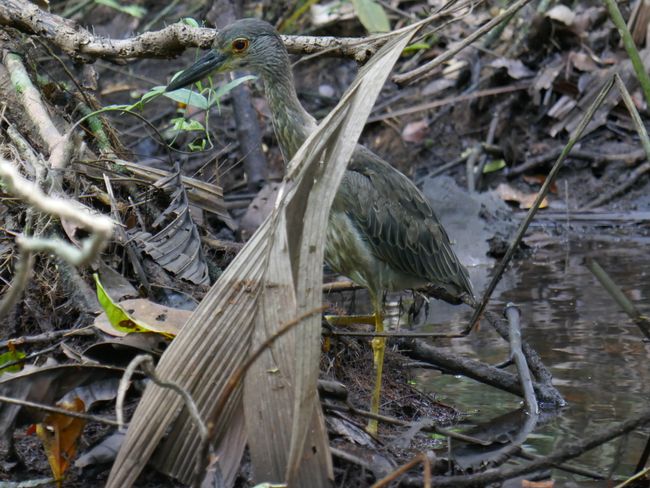
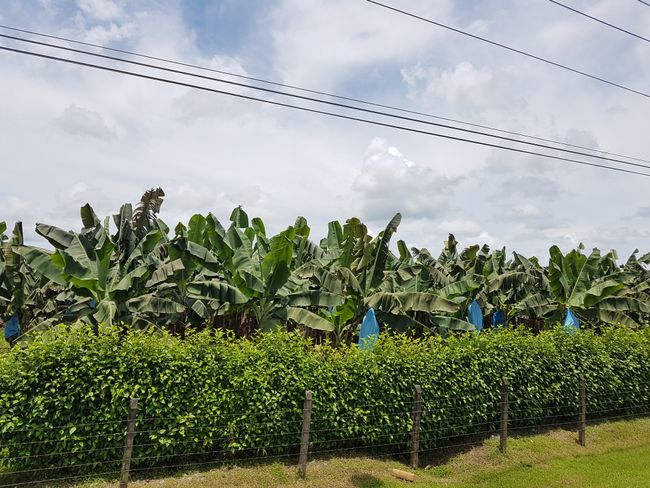
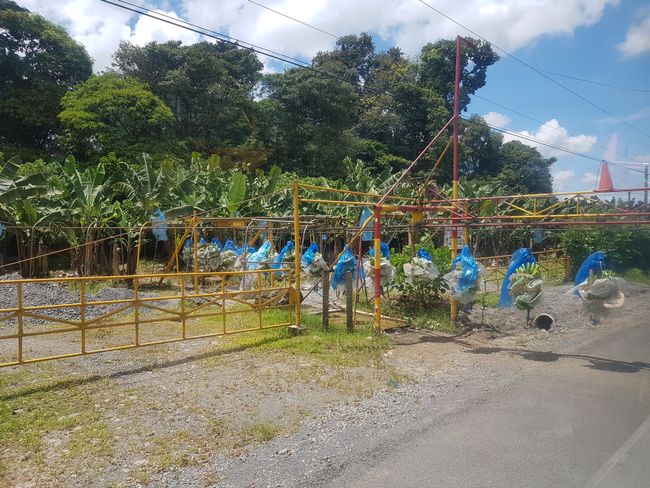
न्यूजलेटर के सब्सक्राइब करू
Costa Rica, mid-September 2018
Next, I wanted to go to the Caribbean coast to the Tortuguero National Park, known for the thousands of large sea turtles that lay their eggs on the beach there every year.
But getting there is not that easy. In Costa Rica, the bus network is such that you usually have to travel via the capital San Jose. That would have been quite tight because the last boat to Tortuguero (there is no road) leaves in the middle of the afternoon. A tourist shuttle was also out of the question because it was too expensive. So an alternative had to be found. I found it in booking a river rafting trip that takes place near Tortuguero and then simply staying there and not returning to La Fortuna. The rafting was not much more expensive than the shuttle.
And it was absolutely world-class. Over three hours on the Pacuare River through a beautiful gorge with world-class rapids. A perfect day.
The next morning, we went to Tortuguero by bus through the main banana growing area in Costa Rica.
You can only reach the Tortuguero National Park and the village of the same name by boat or airplane, there is no road. It is located on a narrow strip of land between the sea and a wide jungle river. But the boat ride is already an experience. The region is one of the rainiest in the world, with up to 5000mm of rain per year. However, I was lucky and it only rained a few times at night. Thanks to the heat, everything grows wild here. And of course, there are mosquitoes everywhere.
The next morning, at 5:30 a.m., we went on a canoe tour through the rainforest. The freshwater channels through the jungle are home to a variety of birds, caimans, and all sorts of animals. And they are active in the early morning. Paddling through the forest in this silence was indescribably beautiful. Passing by the caimans (small crocodiles) with only a very short distance, the parrots flew in the treetops, and somewhere monkeys could be heard roaring. Many animals are never found if you don't know where to look. The rest of the day was a long siesta.
The next day, we set off after dark to observe the large sea turtles laying their eggs. About 20,000 turtles are said to come here annually. So you wait in the forest until a park ranger discovers a turtle laying eggs. If you were to wait on the beach, the animals wouldn't even come ashore. That's why the entire beach is completely closed from 6 p.m. onwards. When the turtle is laying eggs, this is her most important task and she doesn't let herself be disturbed, even if you watch her. Taking photos (in general, all light sources) is strictly forbidden. She painstakingly digs a hole about 1m deep with her fins and lays the 100-120 table tennis ball-sized eggs. When she's done, she covers the hole again and makes a hole 1m away to confuse nest predators.
After that, she laboriously crawls back into the sea. The young hatch after about 60 days.
That's all there is to Tortuguero. Next, we go across the country to the Pacific.
PURA VIDA!
न्यूजलेटर के सब्सक्राइब करू
उत्तर
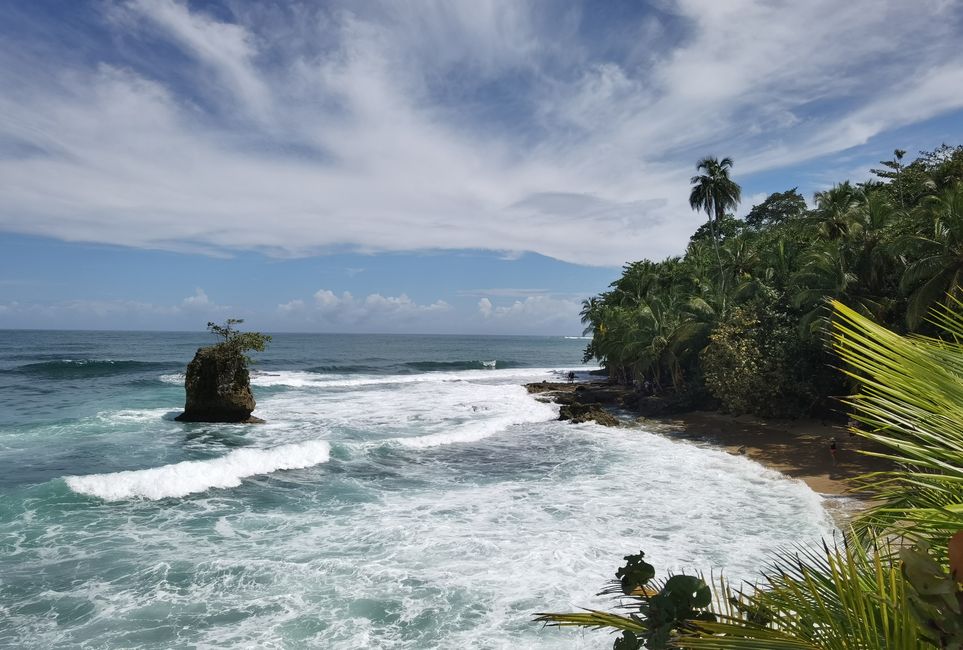
यात्रा रिपोर्ट कोस्टा रिका
